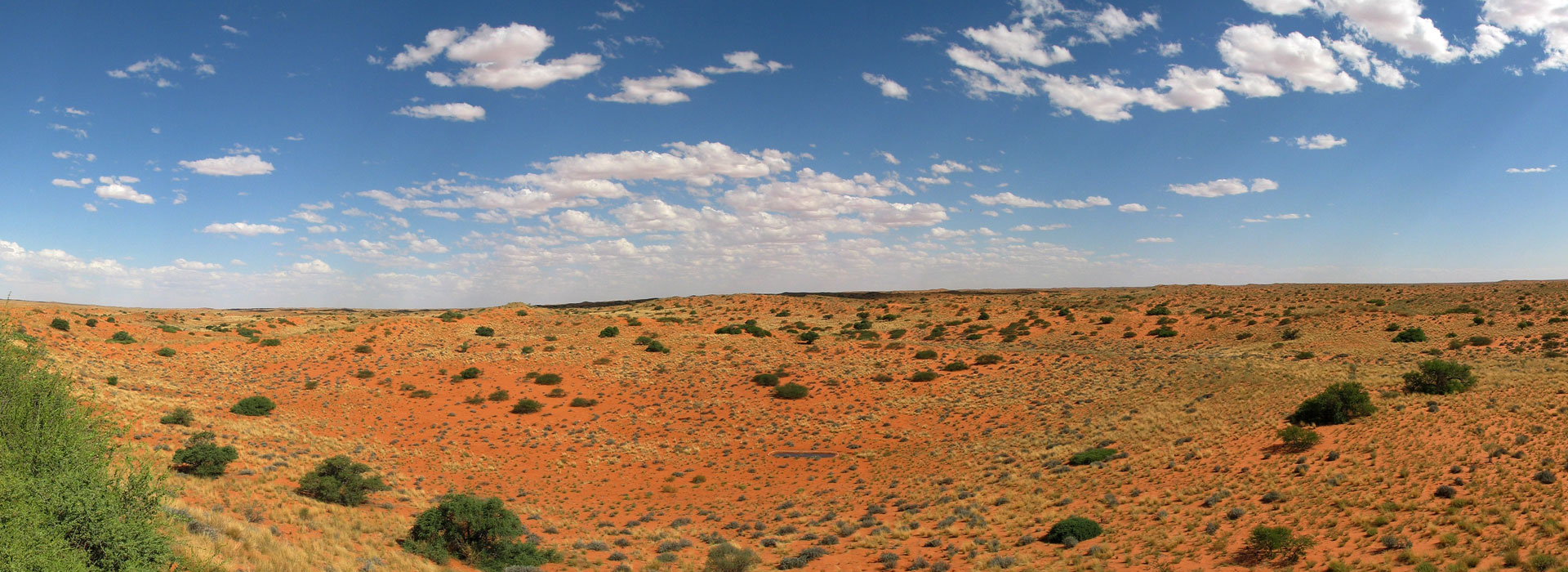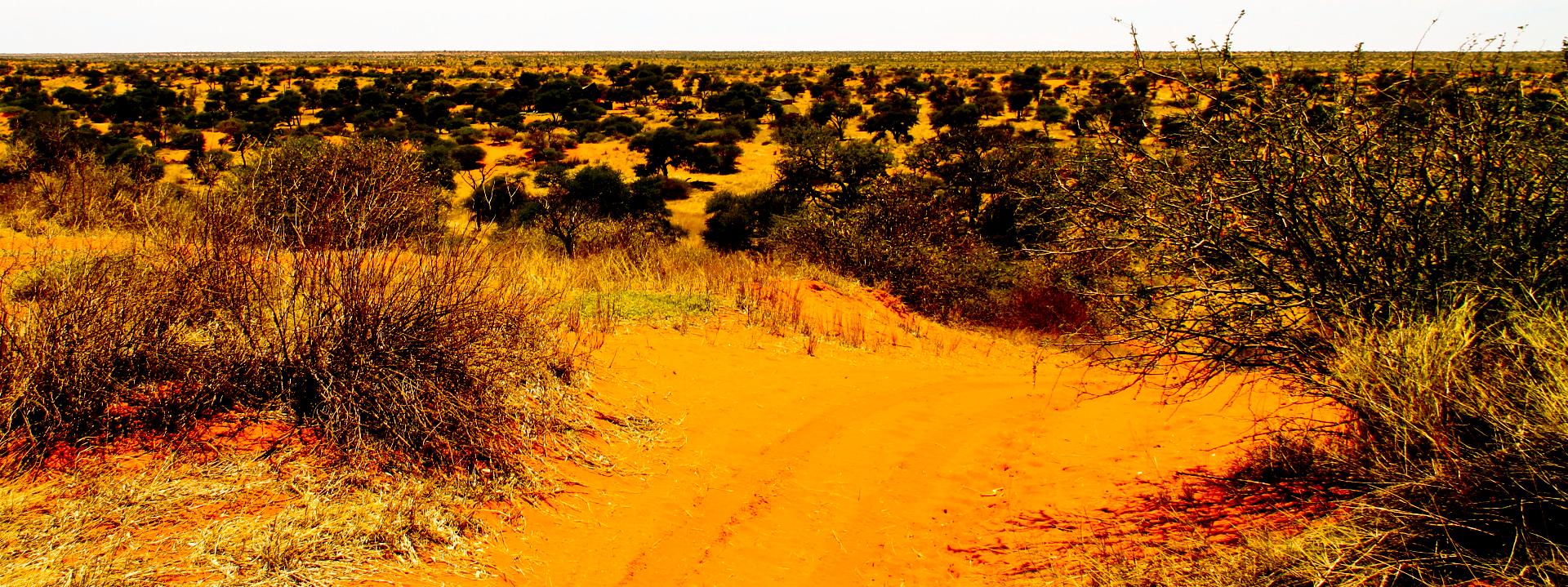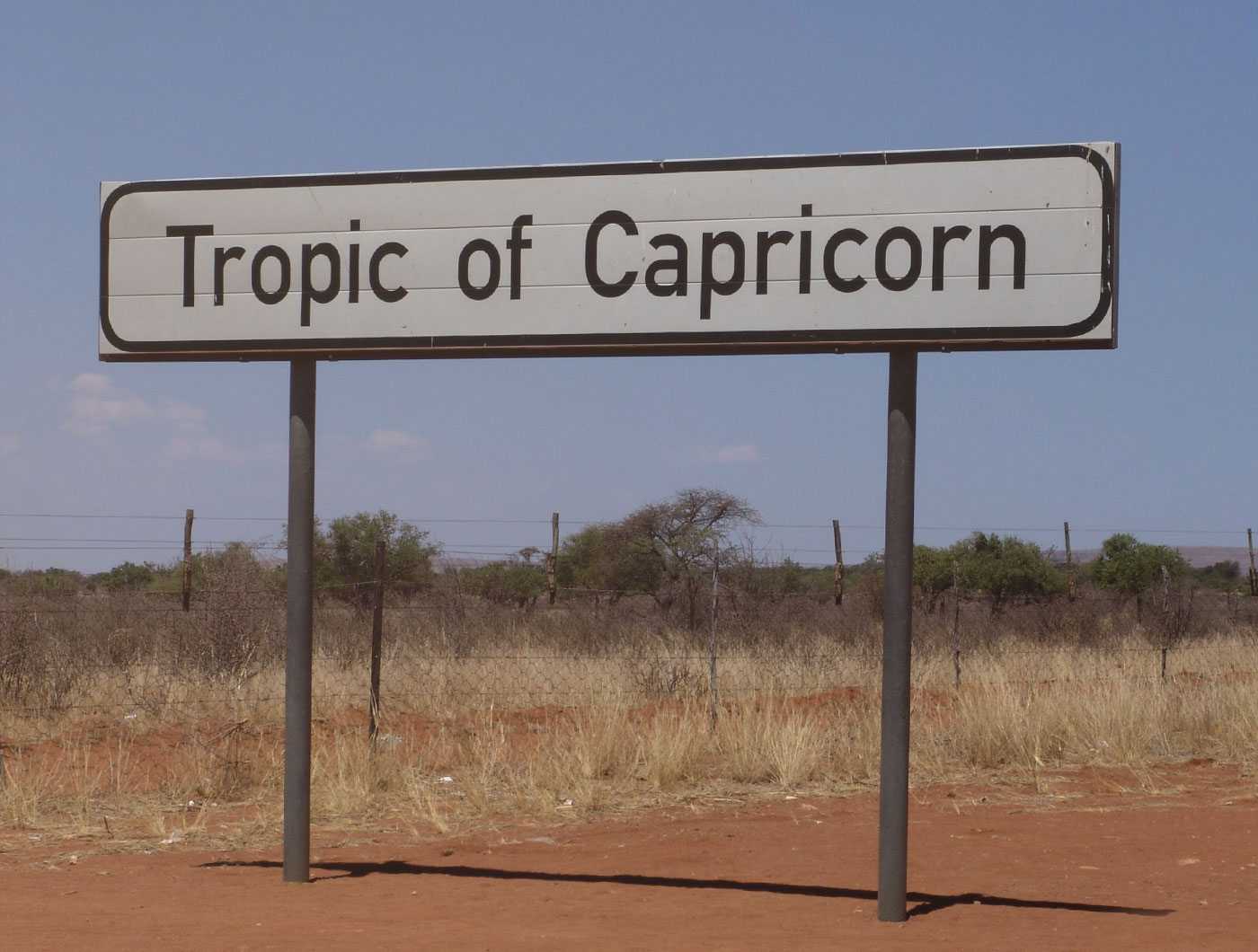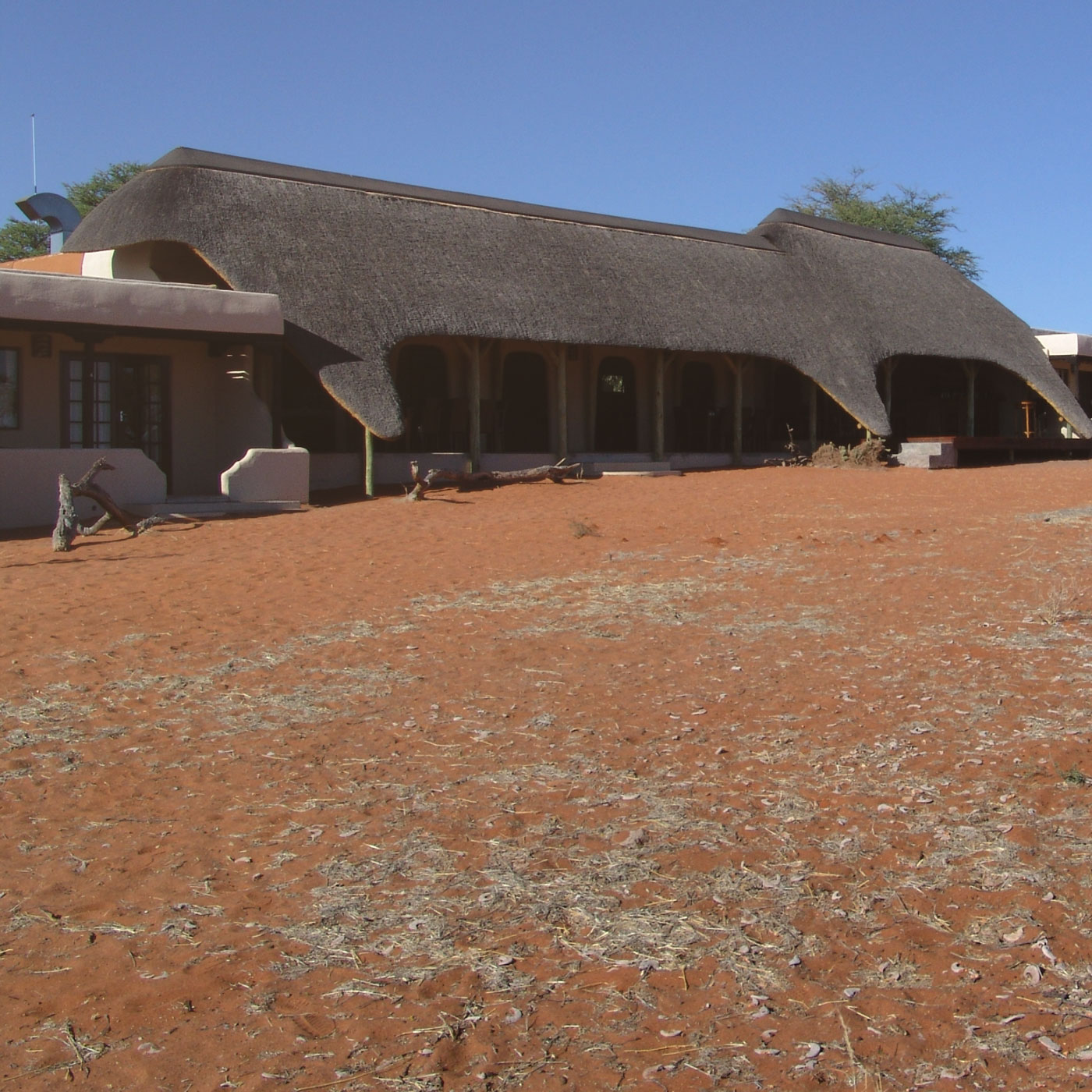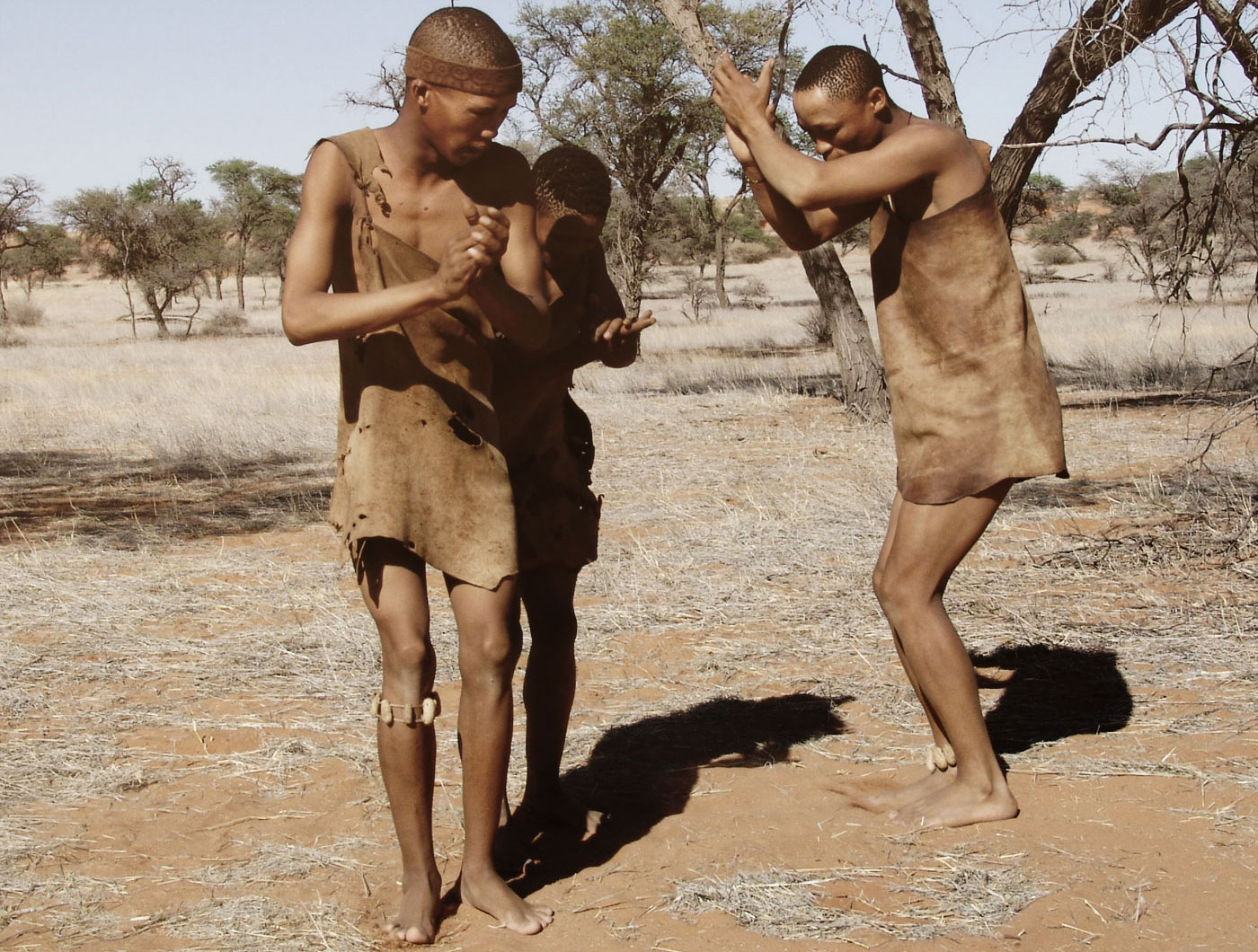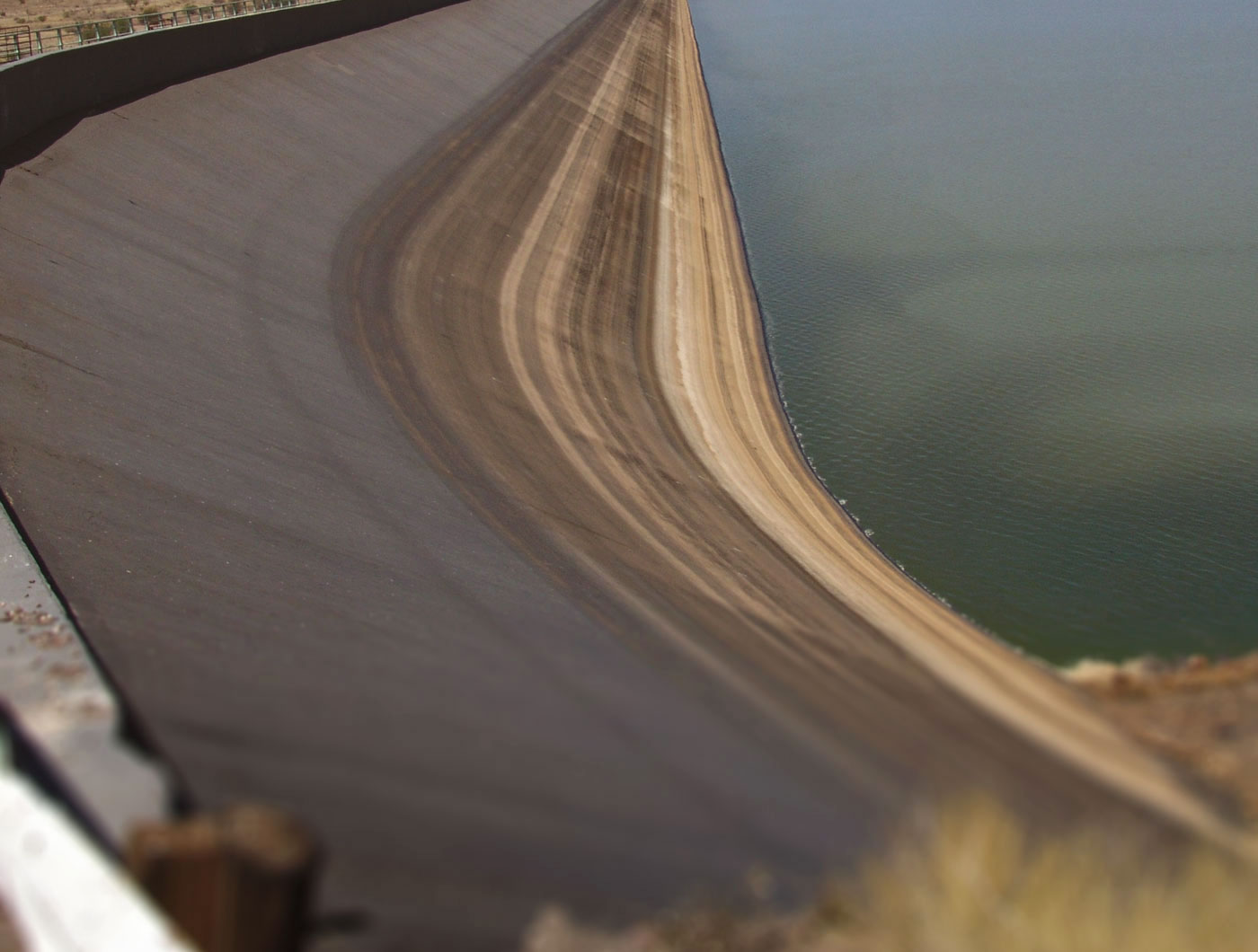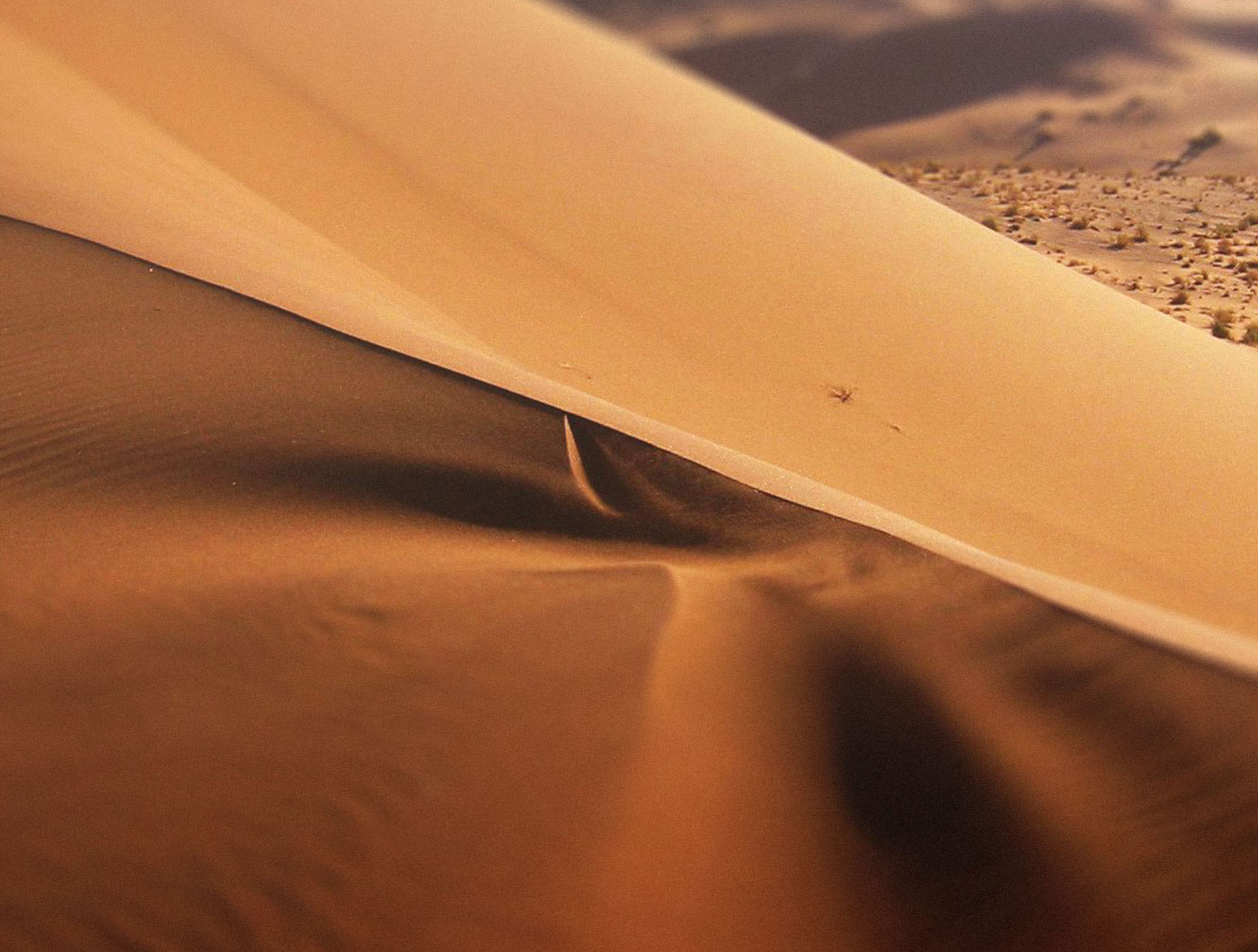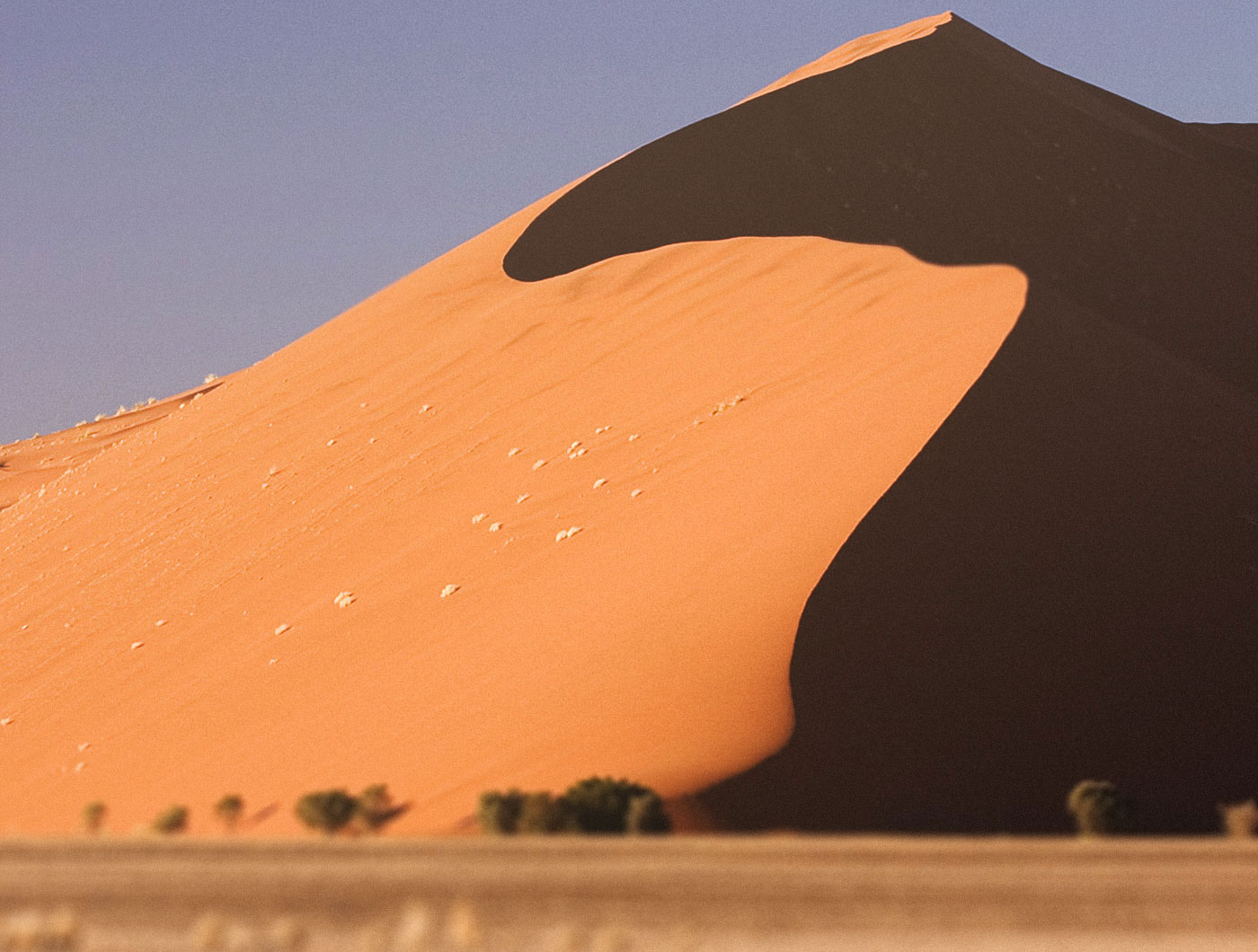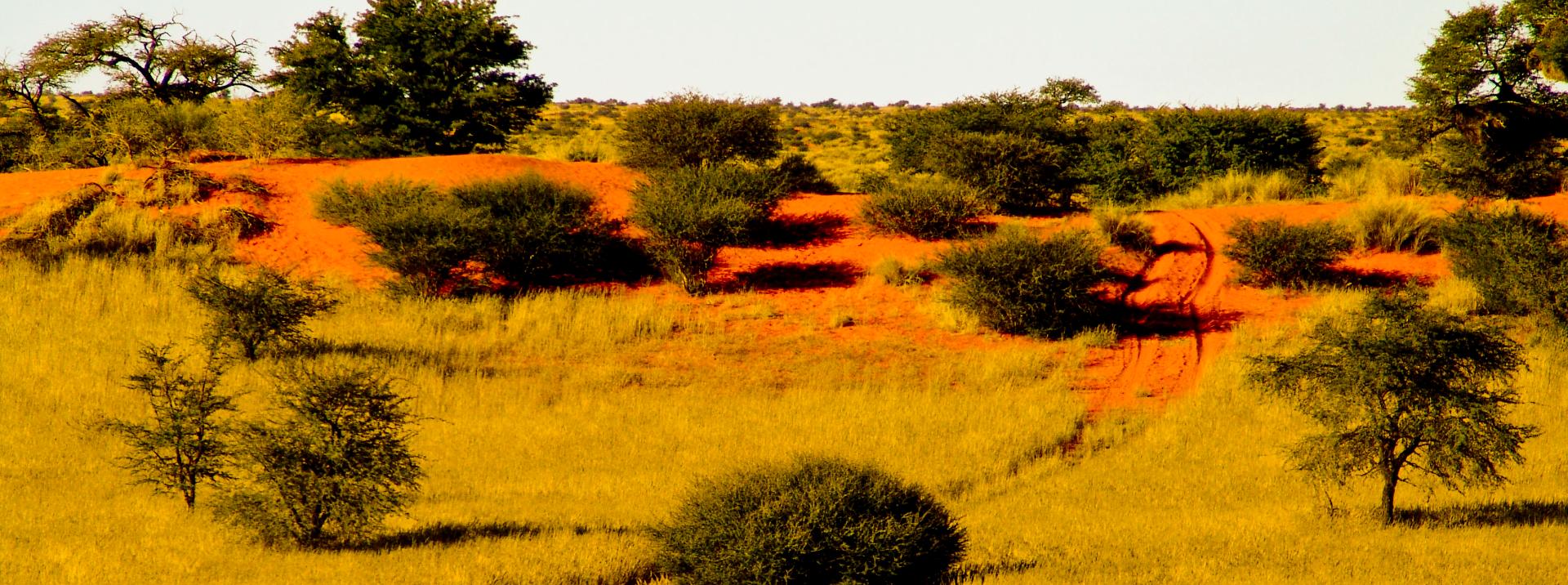 Kalahari
Kalahari
Kalahari
The name Kalahari is derived from the Tswana word Kgala, meaning "the great thirst", or Kgalagadi (also name of district in Botswana), meaning "a waterless place".
Kalahari Desert has vast areas covered by red sand without any permanent surface water. Drainage is by dry valleys, seasonally inundated pans, and the large salt pans of the Makgadikgadi Pan in Botswana and Etosha Pan in Namibia. The only permanent river, the Okavango, flows into a delta in the northwest, forming marshes that are rich in wildlife. Ancient dry riverbeds, "omuramba" traverse the central northern reaches of the Kalahari and provide standing pools of water during the rainy season.
The Kalahari Desert (in Afrikaans Kalahari-woestyn) is a large semi-arid sandy savannah in southern Africa extending 900,000 square kilometres (350,000 sq mi), covering much of Botswana and parts of Namibia and South Africa. A semi-desert, with huge tracts of excellent grazing after good rains, the Kalahari supports more animals and plants than a true desert, such as the Namib Desert to the west.
There are small amounts of rainfall and the summer temperatures are very high. The driest areas usually receive 110–200 millimetres (4.3–7.9 in) of rain per year, and the wettest just a little over 500 millimetres (20 in). The surrounding Kalahari Basin covers over 2,500,000 square kilometres (970,000 sq mi) extending farther into Botswana, Namibia and South Africa, and encroaching into parts of Angola, Zambia and Zimbabwe.
 LodgesNamibia offers all accommodation options: from budget/backpackers to five star hotels/lodges
Lodges
LodgesNamibia offers all accommodation options: from budget/backpackers to five star hotels/lodges
Lodges
 SafarisNamibia offers all accommodation options: from budget/backpackers to five star hotels/lodges
Safaris
SafarisNamibia offers all accommodation options: from budget/backpackers to five star hotels/lodges
Safaris
 Self-drive toursNamibia offers all accommodation options: from budget/backpackers to five star hotels/lodges
Self-drive tours
Self-drive toursNamibia offers all accommodation options: from budget/backpackers to five star hotels/lodges
Self-drive tours
